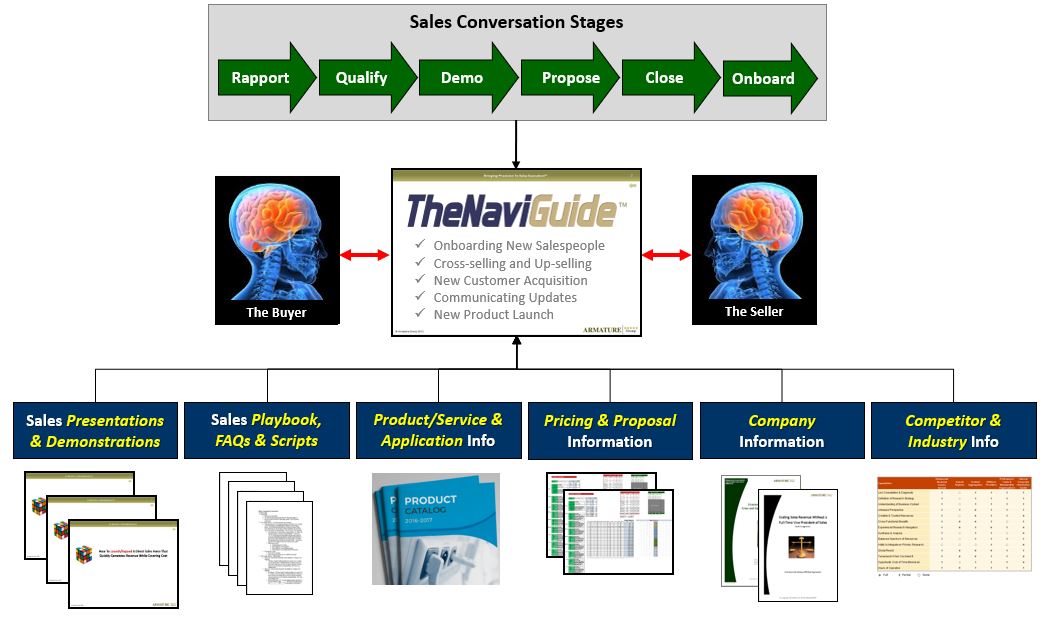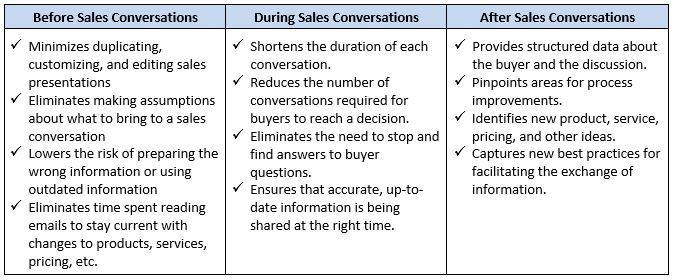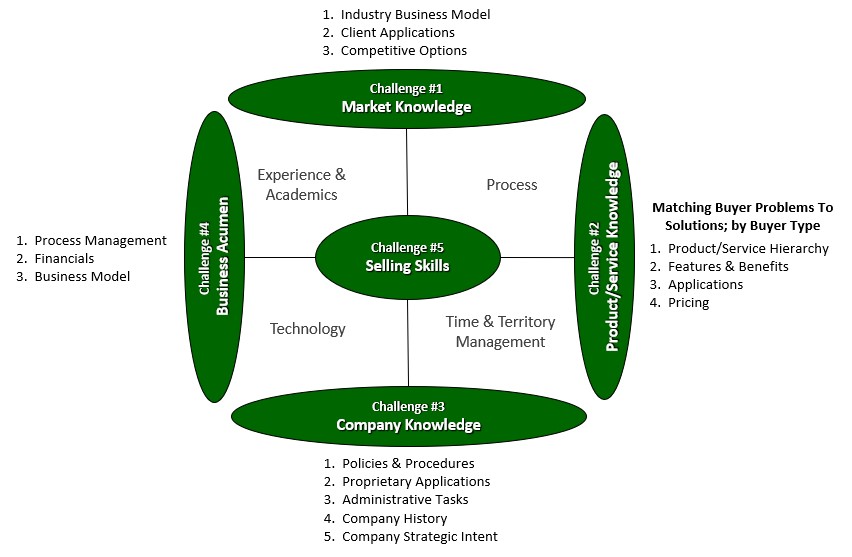Hiring Salespeople Without Industry Experience Will Never Work In My Company!
Are you sure about that? The CEO of an insurance company recently stated, “we only hire seasoned producers from within our industry because they can immediately begin to sell.” She went on to state that “the downside is the high labor cost, large egos, high retention risk, and morale problems they cause.”
Have you tried hiring salespeople from other industries or recent college graduates? An accounting firm CEO stated, “it takes them too long to learn the industry, our clients, and our offerings.” She went on to state, “they also have high onboarding costs and cause major time distractions for managers and partners.” She concluded by stating “we’ve given up on hiring salespeople without industry experience, it simply doesn’t work.”
Comments like these are common in the financial service, accounting, engineering, software, and other industries. Just about every company that sells complex offerings into complex purchasing environments faces this dilemma. Failed attempts at hiring salespeople, producers, or partners without industry experience abound.
In fact, many business leaders do not believe that salespeople without industry experience that can:
- Learn products, services, applications, and pricing models within weeks rather than years.
- Sell enough to cover their cost within the first year of employment.
- Produce results without distracting other salespeople, managers, and technical experts.
- Have a high retention rate and not leave to work for a competitor.
- Build company morale rather than destroy it.
Keep reading if you’re looking for a new way of hiring salespeople from outside your industry.
What Blocks Salespeople From Outside Your Industry From Immediately Beginning To Sell?
To answer this question, we analyzed the hiring and onboarding practices of companies in five industries. All have complex offerings and sell into complex purchasing environments. Nearly all companies within these industries had given up on hiring salespeople without industry experience.
We found that there are five categories of knowledge and skills that salespeople are required to master to sell and generate opportunities including:
1. Software, information, and publishing
2. Professional service firms i.e. accounting, engineering, environmental
3. Agencies i.e. insurance, financial advisers, real estate
4. Franchises
5. Manufacturers and distributors
- Market knowledge including customer problems wants and needs, as well as competitors.
- Product and Service knowledge including the hierarchy of offerings, features, and benefits, applications of offerings, unique differentiation points, as well as pricing and discount models.
- Selling skills including buyer targeting, networking, appointment setting, rapport building, needs investigation, presentation and demonstration, pricing and proposal development, negotiating and closing, as well as time and territory management.
- Company knowledge including policies and procedures, software systems, administrative practices, company history, as well as company ideology and strategic direction.
- General business acumen including financial management, business models, strategy and operations management, process management and improvement, and technology.
To no surprise, we found that salespeople without industry experience lack market knowledge and product/service knowledge. These combine to make it nearly impossible for them to immediately sell and generate opportunities. We also found this problem is magnified in companies with highly complex offerings that face complex purchasing environments.
In simple terms, hiring salespeople without industry experience causes them to spend too much time learning market and product/service knowledge. This wastes time, money, and morale while generating little to no revenue.
Is It Possible To Shorten The Learning Curve For Market and Product/Service Knowledge?
To answer this question, we analyzed how company’s transferred market and product/service knowledge to salespeople without industry experience. The most common approach requires salespeople without industry experience to spend time on four categories of onboarding activities:
First, learning company offerings and operations by:
- Reading documents, reviewing website pages, and watching videos.
- Taking and organizing notes on what they were learning.
- Studying and memorizing that information.
- Meeting with technical experts to ask questions.
- Attending training classes led by technical experts.
- Completing self-paced eLearning programs.
Information included:
- Products and services.
- Applications of the products and services.
- Pricing, discounts, contract terms and conditions.
- Value propositions and unique differentiation.
- Competitors and their vulnerabilities.
- Customers industries and their customers.
Second, preparing their sales approach by:
- Studying and memorizing sales playbooks, FAQ’s, and scripts.
- Being mentored by top sales performers.
- Listening to recordings of sales conversations.
- Participating in field sales meetings to learn from other salespeople.
- Crafting sticky notes, checklists, and scripts to help them remember what to say and do.
- Creating their own sales presentations, talking points, and scripts.
- Rehearsing their sales approach and participating in mock sales conversations.
Information included:
- Questions to understand buyers situation, problems, impact, and need to resolve.
- Explanations to demonstrate products, services, features, functions, and benefits.
- Formulas and calculations to create the right pricing and proposals.
- Negotiating points, terms, and conditions to close deals.
- Objection handling tactics across all steps of the sales conversation.
- Market knowledge i.e. industry, company, department, process, etc.
- Competitor knowledge i.e. offerings, unique differentiation, comparison points.
Third, searching for content, questions, and answers by:
- Flipping through sales presentations, playbooks, and scripts.
- Disrupting technical experts via phone call, TXT, email
and stopping by their office. - Looking for information in databases, wikis, online shared folders, and websites.
- Talking to other salespeople and their sales manager.
Content included:
- Sales playbooks and Wikis.
- Sales presentations and templates.
- Scripts and talk tracks.
FAQ’s .- Product and service sheets and manuals.
Fourth, managing/venting their frustration with the onboarding process by:
- Procrastinating before executing sales conversations.
- Avoiding internal conversations with peers, technical experts, and sales managers.
- Venting to others within the organization.
- Guessing at the right answers.
- Searching for information, rather than asking for help.
Frustrations included the:
Volume of information they needed to learn.- Lack of selling tools available for facilitating buyers during conversations.
- Unclear product and service information and language.
- Slow responsiveness of technical experts to their questions from buyers.
So, reducing time spent onboarding is the key to enabling salespeople without industry experience to immediately sell and generate opportunities.
How Do You Reduce Onboarding Time For Salespeople Without Industry Experience?
This was a tough question to answer. So, we decided to shift our analysis from onboarding activities to selling activities.
We asked some basic questions. First, what is the goal of a sales conversation? We believe the goal is to reach shared understandings and agreements that preferably result in the buyer purchasing.
Second, what is required for the buyer and seller to reach shared understandings and agreements? In simple terms, there is an exchange of information where the:

B
- Define and articulate their situation, problems, and priorities.
- Quantify the financial reason(s) to solve the problem.
- Identify potential solutions.
- Evaluate and compare competing solutions.
- Make a yes/no purchase decision.
Seller works to:
- Build rapport and qualify buyer problems, needs, and wants.
- Demonstrate and explain products, services, applications, and value propositions.
- Present recommendations and proposals.
- Negotiate and close the sale.
- Handle objections at any point during the exchange of information.
Third, how do you improve the exchange of information between the buyer and seller?
To answer this question we observed and listened to thousands of sales conversations in five industry groups.
1. Software, information, and publishing
2. Professional service firms i.e. accounting, engineering, environmental
3. Agencies i.e. insurance, financial advisers, real estate
4. Franchises
5. Manufacturers and distributors
We found that salespeople without industry experience struggle to perform ten tasks during sales conversations including:
- Getting and keeping the buyer on the same page throughout all stages of the sales conversation.
- Validating assumptions about what buyers know and don’t know. Assumptions about the seller’s company, offerings, and differentiation. Also about what buyer’s value when determining if a vendor/partner is worthy of doing business with. And what buyers want to discuss now versus later.
- Sequencing and accurately presenting the right questions and answer options at the right time to: understand the buyer’s situation, define and prioritize buyer problems, wants and needs; clarify the impact the problems are having; establish an economic reason for solving the problem.
- Answering questions about products, services, applications, and competitors that buyers know to ask and those that they don’t know to ask.
- Accessing and sharing information including demonstrations and comparisons, pricing and discounts, case studies and testimonials, product and service information sheets.
- Presenting proposals including preparing recommendation options, pricing, and discounts, terms, and conditions.
- Testing buyers at each stage of the exchange of information for understanding and agreement.
- Switching roles between talking, viewing and listening; interpreting and preparing responses; searching for information and documents.
- Mitigating differences with buyers including frames of reference and assumptions, language and terminology, knowledge and experience, the timing of decisions, personal agendas and priorities, personality styles.
- Remembering to apply selling skills and methods, company policies and procedures, best practices, legal compliance measures.
We concluded that hiring salespeople without industry experience requires a new onboarding approach. One that immediately equips them to facilitate the exchange of information with buyers during sales conversations. Thus reducing the need to learn, prepare, and search for information.
Equip Salespeople From Outside The Industry To Facilitate The Exchange of Information With Buyers
Unfortunately, traditional methods for onboarding salespeople from outside the industry are not built for use during sales conversations. They are built for training salespeople outside of sales conversations, with the buyer nowhere in sight. We tried using sales playbooks, sales presentations, sales libraries, eLearning, and multiple other tools. None worked.
These solutions required new salespeople from outside the industry to spend time learning company offerings, preparing their sales approach, and searching for information. They did not equip them to immediately facilitate the exchange of information with buyers during sales conversations.
So, we developed a new tool for onboarding new salespeople from outside the industry that immediately:
- Transferred the stupendous know-how of our technical experts to salespeople.
- Delivered the volume of complex knowledge to salespeople.
- Equipped salespeople to immediately begin selling and generating opportunities.
The tool equipped salespeople from outside the industry to facilitate the exchange of information with buyers during sales conversations by:
- Using a decision tree to anticipate, organize, and map the most precise conversation sequence. This includes questions, answer options, explanations, demonstrations, recommendations, comparisons, proposals, negotiations, objection handling, and closing. This enabled the conversation to be logical, easy to follow, and quick.
- Visually presenting the right questions and answer options at the right time during the exchange of information. This increased the accuracy of what was discussed while minimizing confusion and the need for verbal explanations.
- Equipping buyers to prioritize conversation topics based on their situation and problems. This increased buyer engagement and increased the relevancy of what was being discussed.
- Providing “one-click” access to information needed by the buyer and seller to complete the exchange of information. This minimized interruptions and the need to prematurely end a sales conversation to find information.
- Using plain English and simple visuals. This minimized misinterpretations and the need to ask clarifying questions.
- Embedding application of selling skills and best practices. This extracted ROI from previous investments in sales training. It also enabled uniform application from sales conversation-to-conversation and sales person-to-person.
- Distributing real-time updates of technical information, selling skills, and best practices. This ensured use of the most current information, skills, and practices. It also nearly eliminated time spent reading emails, attending webinars, and participating in training.
- Eliminating the need for multiple sales presentations, scripts and documents. This reduced confusion about what documents to use and eliminated the need to create new slides and presentations.
Salespeople from outside the industry that have used this onboarding tool affectionately refer to it as TheNaviGuide.

How Does This Onboarding Tool Impact Results When Hiring Salespeople From Outside Your Industry?
We experienced positive results in four areas. One, it nearly eliminated time spent learning company offerings, preparing a sales approach, and searching for information. It provided everything salespeople from outside the industry needed to immediately begin to sell and generate opportunities.
Two, it reduced
Three, salespeople from outside the industry used it as a selling tool during sales conversations. It enabled them to precisely guide buyers through the exchange of information from sales conversation-to-conversation. To our surprise, many salespeople from outside the industry quickly became top performers. TheNaviGuide helped them:

Four, TheNaviGuide simultaneously solved four additional problems:
- Performance improvement planning (PIP) for under-performing salespeople. It equipped them to facilitate the exchange of information with buyers during sales conversations. It also reduced coaching time.
Communicating product, pricing and other changes to salespeople by up-to-dating the tool daily. This eliminated the need for salespeople to read update emails and attend training meetings/webinars.- New product launch training for salespeople. The tool equipped salespeople to immediately begin selling and generating opportunities for new offerings without training.
- Post-merger cross-selling. It immediately salespeople to sell both company’s offerings without training.
In simple terms, TheNaviGuide saves time, money, morale, and careers when hiring salespeople from outside the industry.
How Long Does It Take and What Does It Cost to Deploy TheNaviGuide for Onboarding?
Deploying TheNaviGuide takes the same amount of time and cost as training a new salesperson from outside the industry. Think of it this way. New salespeople spend time learning company offerings, preparing their sales approach, and searching for information. This is time consuming and is repeated with each new salesperson. Thus, wasting time, money, and morale.
Building TheNaviGuide requires the same basic steps. However, the information is captured once and then mapped into
Another way to think about the cost of
Four, TheNaviGuide simultaneously solved four additional problems:
- Performance improvement planning (PIP) for under-performing salespeople. It equipped them to facilitate the exchange of information with buyers during sales conversations. It also reduced coaching time.
Communicating product, pricing and other changes to salespeople by up-to-dating the tool daily. This eliminated the need for salespeople to read update emails and attend training meetings/webinars.- New product launch training for salespeople. The tool equipped salespeople to immediately begin selling and generating opportunities for new offerings without training.
- Post-merger cross-selling. It immediately salespeople to sell both company’s offerings without training.
In simple terms,
Please Take a Minute To:
- Write a comment on this post
- Click Here to learn more about
TheNaviGuide - Share this blog with other sales leaders, salespeople, CEO’s and investors
It’s time to bring precision – – effectiveness, efficiency, and predictability – – to sales execution.



